#Australasian Swamphen
Text

283. Australasian Swamphen (chick)
1K notes
·
View notes
Text


Gruiformes: Porphyrio melanotus
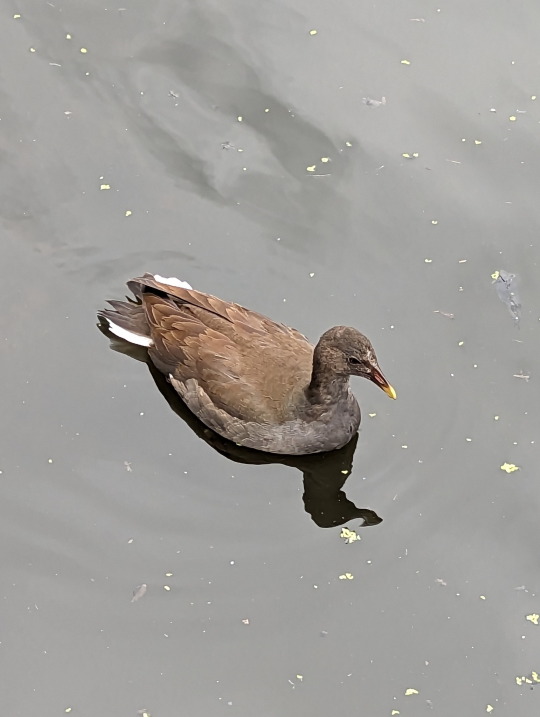

Gruiformes: Gallinula tenebrosa

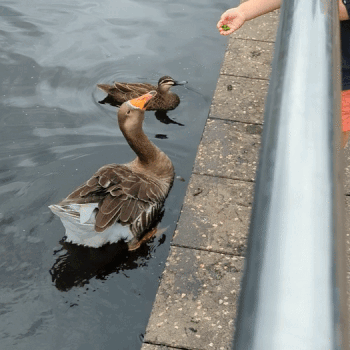
Anseriformes: Anser anser domesticus × anser cygnoides domesticus


Anseriformes: Chenonetta jubata
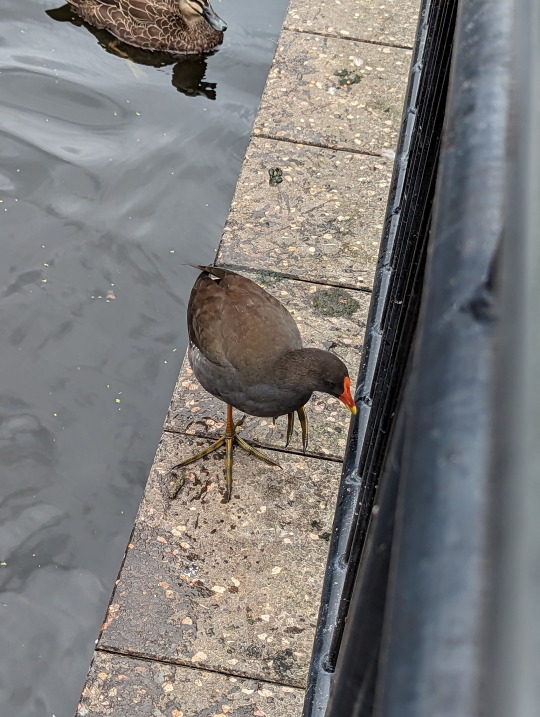
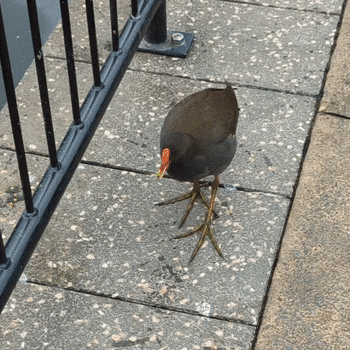
Gruiformes: Gallinula tenebrosa
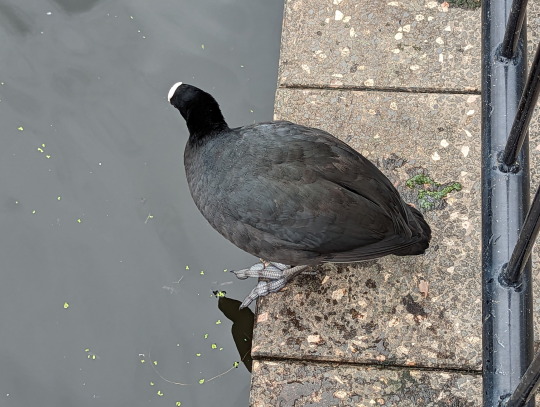
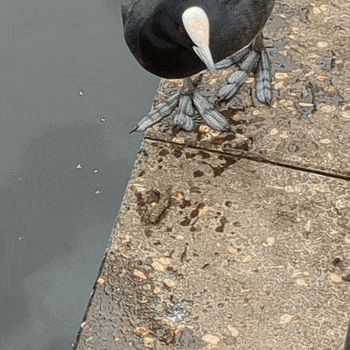
Gruiformes: Fulica atra, note the wacky feet
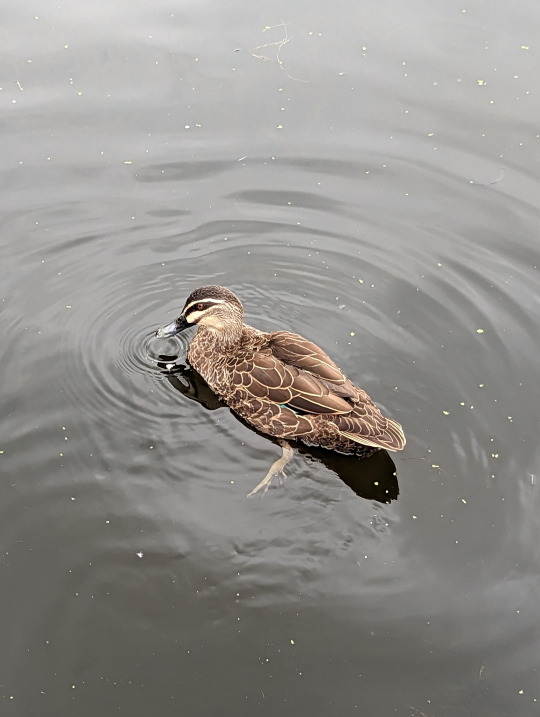
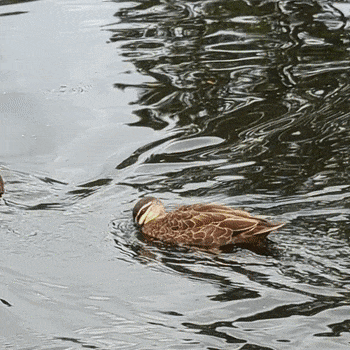
Anseriformes: Anas superciliosa ssp. superciliosa
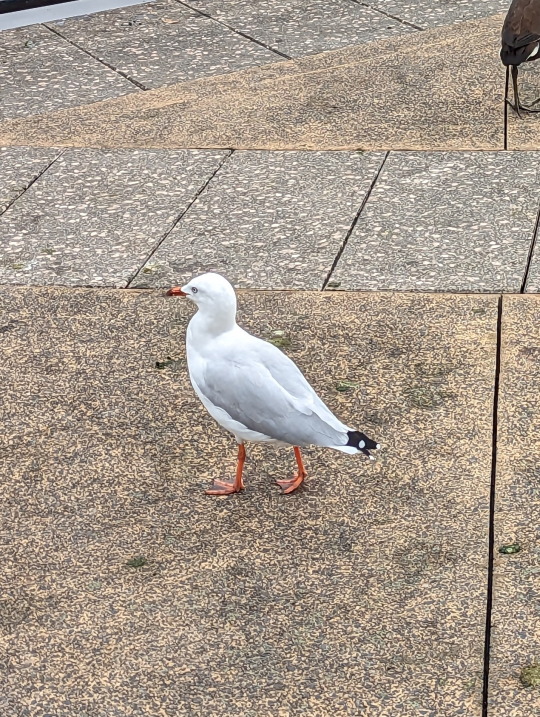

Charadriiformes: Chroicocephalus novaehollandiae

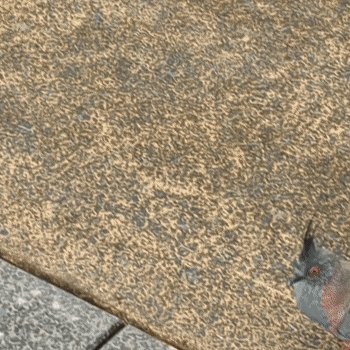
Columbiformes: Ocyphaps lophotes
Various southern bird life, and some GIF footage.
25/03/23 - Aves spp. - Wollongong, urban botanical garden
#Porphyrio melanotus#Australasian Swamphen#Gruiformes#Aves#Birds#birbs#birblr#birdlr#Anseriformes#Anser anser domesticus × anser cygnoides domesticus#Domestic Greylag × Domestic Swan Goose#Waterfowl#geese#Chenonetta jubata#ducks#Australian Wood Duck#Fulica atra#Eurasian Coot#Coots#Anas superciliosa ssp. superciliosa#Pacific Black Duck#Chroicocephalus novaehollandiae#Silver Gull#Charadriiformes#Ocyphaps lophotes#Columbiformes#Crested Pigeon#pigeons#vertebrates#gifs
381 notes
·
View notes
Text
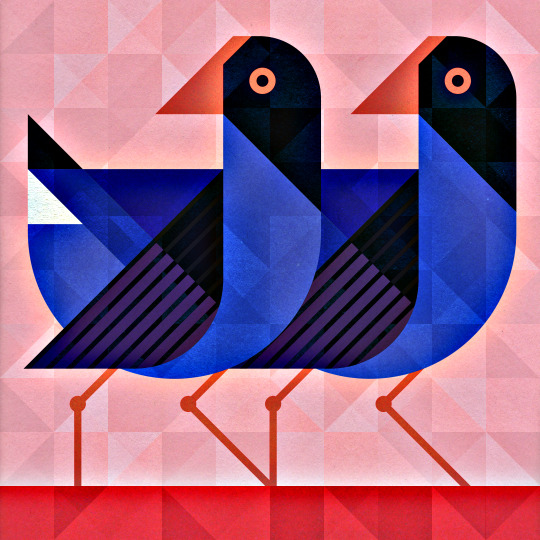
Pukeko, day 27 of #birbfest2024 . #Birbfest is hosted by @monkeymintaka this year and created by @birdietam.art
105 notes
·
View notes
Photo
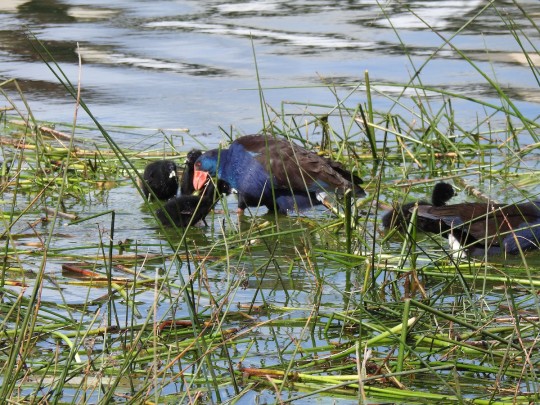
Australasian Swamphen (Porphyrio melanotus)
© Marcus Singor
38 notes
·
View notes
Text

Pūkeko 💙 Antics 🎵 Plush with sound!
#pukeko#forgot to post againnnn#pūkeko#australasian swamphen#swamphen#antics#plush#plushies#plushblr#stuffed animals#stuffies#birds
7 notes
·
View notes
Photo
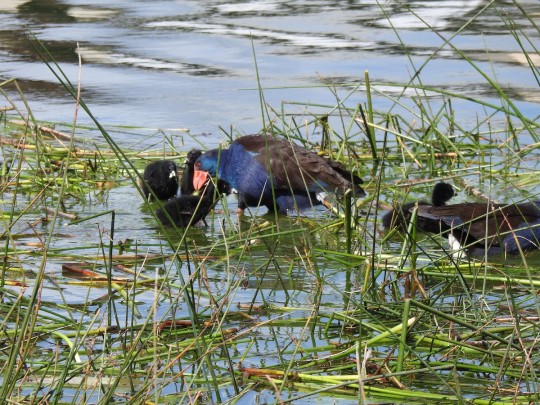
Australasian Swamphen (Porphyrio melanotus)
© Marcus Singor
3 notes
·
View notes
Text

[445/10,977] Australasian Swamphen - Porphyrio melanotus
Order: Gruiformes
Family: Rallidae (rails)
Genus: Porphyrio (swamphens)
Photo credit: Martin Anderson via Macaulay Library
9 notes
·
View notes
Photo
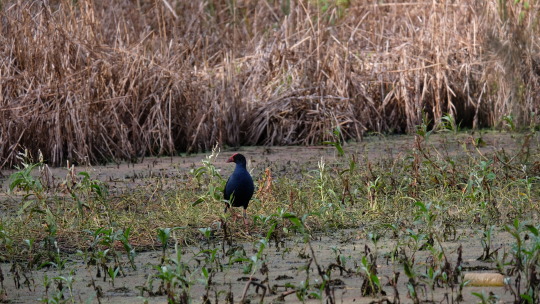
Tempe, May 2023
1 note
·
View note
Text
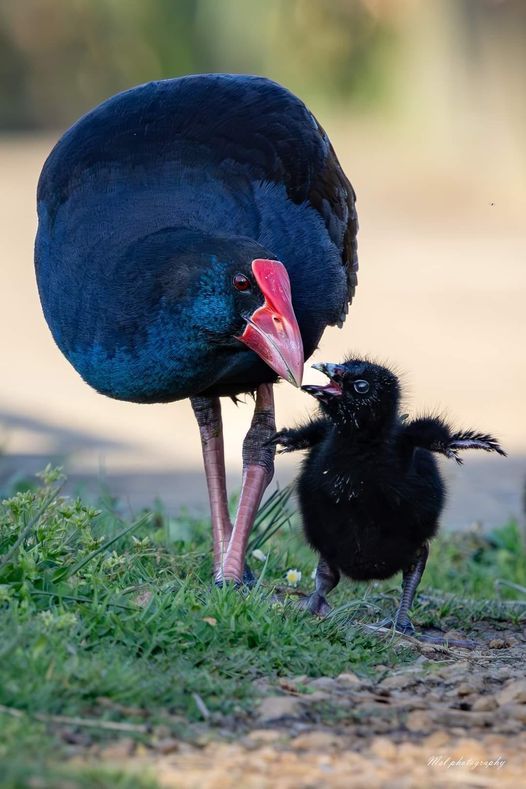
Australasian Swamphen (Porphyrio melanotus), mother with chick, family Rallidae, Western Australia
photograph by Matt Laughton
501 notes
·
View notes
Text

Day 7 of January extinct birds - the white swamphen / Lord Howe swamphen
The white swamphen is very similar to the Australasian swamphen (or pukeko if you're in NZ) as black chicks and blue young adults. As they grow older, however, they become completely white - a very unique colour! This is likely caused by progressive greying, a genetic trait like leucism/albinism but the cells lose their ability to produce melanin over time. All Lord Howe swamphens seemed to have this trait it which indicates a small founding population on the island. Like many friendly island birds, they went extinct shortly after being discovered in the late 18th century largely due to hunting.
#bird of the day#bird art#birds#bird#daily art#digital illustration#extinct animals#digital art#gruiformes
158 notes
·
View notes
Text
Rhys Darby as Native Aotearoan Birds
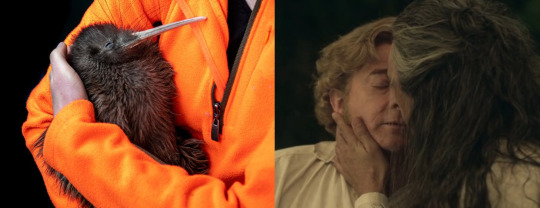
Kiwi
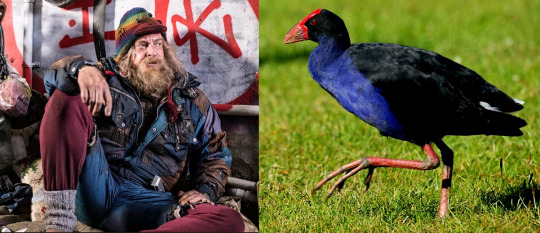
Pukeko / Australasian Swamphen
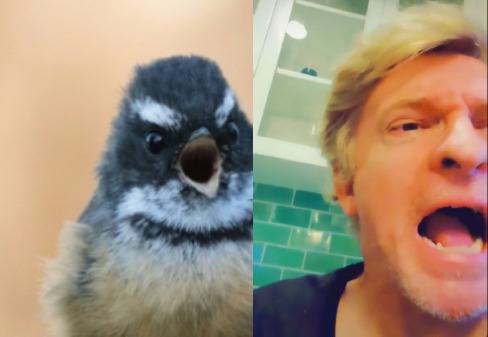
Pīwakawaka / New Zealand Fantail

Ruru / Morepork

Kākāpō

Kererū / Wood Pigeon
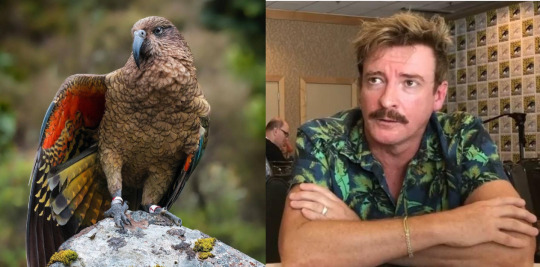
Kea
#this is so stupid but it's fun dammit#i had way too much fun 1. looking at pictures of cute birds & 2. finding pics of rhys to match#rhys darby#flightless birds#aotearoa's top quality sexy dads and complete idiots#rhys darby: aotearoa's hottest dad#stede bonnet#rhys darby is indeed a mystic time bird
247 notes
·
View notes
Text

282. Australasian Swamphen
155 notes
·
View notes
Text
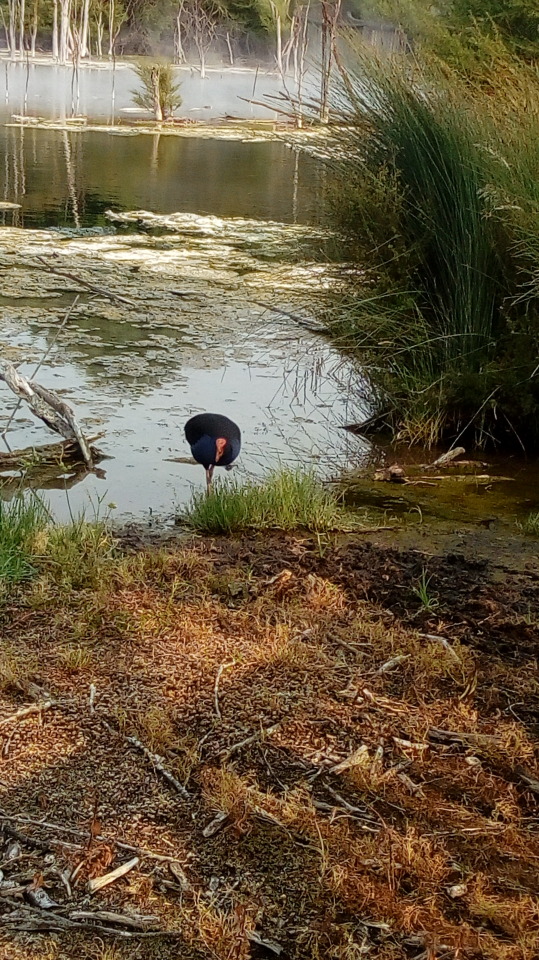

Pūkeko (Porphyrio melanotus)
[Also known as Australasian swamphen]
Rotorua, Aotearoa - 02-02-2020
7 notes
·
View notes
Text
Days 12-13 of Australia vacation: Launceston
After a nice and thorough breakfast at our B&B on Day 12, we packed up and set off. On our way out of Scottsdale, we stopped at the pond to see if we could spot the platypus again. We eventually found one! We watched it swimming around and had fun trying to figure out where it would resurface after it dove.
Then we drove toward Launceston. We were going to stop to visit a lavender farm, but it turned out they were charging $20 per person, which was just too overpriced. (I mean, these were Australian dollars, but still.) We did get a view from a distance and it looked pleasingly purple, but we didn't regret not paying to go in.
When we got to Launceston, our accommodations weren't ready yet, so we left the car there and walked to Cataract Gorge, a large park nearby. We bought tickets and rode the chairlift across the gorge, which was fun. We were rather surprised to find a fairly large and moderately tame population of peafowl! We saw a few peacocks displaying their fancy feathers, as well as a few peahens, each with one peachick! There were also a few wallabies. They seemed pretty habituated to people. We took a little walk looking at various views, then had a little lunch in a cafe in the park, and then the others headed back as the house was now ready.
I decided to stay in the park for a bird walk. I went on a less-trafficked trail than where we'd been up to that point. At first, I only saw birds I'd seen before, though I did pass a wallaby that was a bit more nervous about me than the ones I'd seen earlier in the busy part of the park. But then I saw a bird flitting about amid some bushes and tall grass. I couldn't get a look at the whole bird, but I saw enough to be able to positively identify it as a Beautiful Firetail (which is a fabulous name for a fabulous bird!). That was very exciting, as I didn't even know that bird lived around there. And then I also spotted a Golden Whistler! I was very pleased to still be finding new birds so far into the trip, and those two in particular felt like High Quality Birds because they were so colorful and exotic. On the other hand, I also stepped in what I think was probably fresh wallaby poo and had to spend a while trying to scrape it off my shoe.
Eventually I walked back to the house. We went out to dinner and played a game in the evening. The house was by far the nicest of the vacation rentals, though it still had a few issues (I am sensitive to fabrics and didn't like the polyester sheets; also the washing machine was moldy. Front-loader washing machines should never be closed when they aren't running!). In the end none of the places we stayed were perfect, but I think the heritage B&B in Scottsdale was perhaps my favorite, with the cottage at the Piermont Retreat in 2nd place--it's a tough call between those two.
Day 13 was our last day in Tasmania. We got up early and went to Hollybank Forest for a ziplining tour. Well, Wife and I did the ziplining. The in-laws did a forest trail Segway tour instead. Anyway, it was fun and very different from the ziplining we did in Maui. This was in the trees rather than above the canopy, and once our pulleys were attached to the cable, they weren't detached until we finished the whole course. We had a fun time with it and enjoyed the views--and we'd also spotted an echidna on our way to the start of the course! Afterwards, we had a snack there and then drove back to the city.
The others wanted to do a walking tour of Launceston but I wanted more birdwatching, so I got dropped off at the Tamar Island Wetlands. Walked along the boardwalk and spotted an Australasian Swamphen with its giant muddy feet and also a little black cormorant. Two new birds! It was an interesting walk in any case--mostly surrounded by reeds except when going over bridges. I saw loads of ducks I couldn't identify (bad lighting and too far away) and some geese that must have been domestic hybrids, as well as various birds I'd already seen earlier in the trip. There was one part that was more forested--paperbark gums, which are beautiful trees--and there was a bird hide, but I couldn't see any birds from inside it. I think it was the wrong tide.
In the end I had to hurry back to be picked up, because we managed to move our dinner reservation (originally at 8:15pm) to 5pm. The food was excellent--a nice end to our Tasmania vacation. Then we went home and packed to fly back to Sydney in the morning.
3 notes
·
View notes
Photo

Australasian Swamphen (Porphyrio melanotus)
© Anonymous eBirder
408 notes
·
View notes
